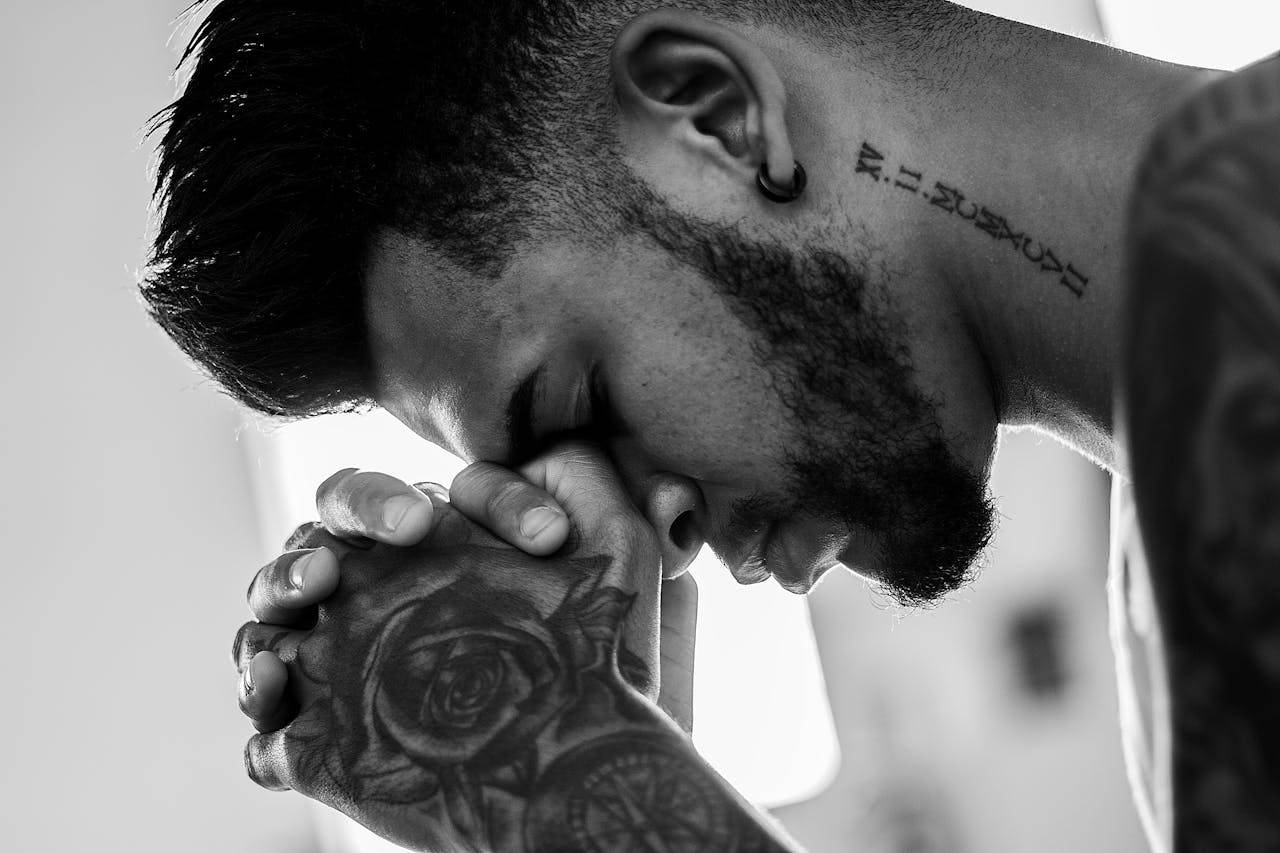This past week, we celebrated the beautiful feast day of Saint Lucy, martyr and patron saint of eyes. Her feast day falls within Advent and so her name, which means “light,” has always been associated with the arrival of God’s light in Jesus Christ. The saint’s feast day, however, is also an opportunity to be reminded of some of the portions of our uniquely Christian worldview.
As Christians, we see the entire world radiating with God’s grace. Every created thing reflects some degree of God’s life and glory. All creation becomes a means of encountering God and receiving the help of his grace.
This is particularly true when it comes to our bodies. Saint Paul teaches us that our bodies are temples of the Holy Spirit and that we should offer them as living sacrifices to God. This summons is both a call to virtue and to true worship. According to the respective author of the Book of Genesis, our bodies share in the blessing of God and are “very good.”
The saints exemplify this reality. Their souls and bodies become instruments of manifesting God’s presence and power among us. This is why portions of their bodies – first class relics – are used by believers as a help in their own faith and supplication before God. This is why certain saints have been given patronage over the diverse parts of our bodies.
If a fellow believer tells me they have abdominal pains, my counsel is to see a gastroenterologist and pray to Saints Timothy and Titus, who are the patron saints of stomach ailments. If another disciple complains of throat problems, I direct them to an ENT doctor and have them pray to Saint Blaise, the patron saint of throat illnesses. And the list goes on. Almost every part of our bodies is covered by some saint.
For the observer, this can sound completely insane. Why would anyone turn to a saint for something pertaining to their bodies? Why not just see the medical doctor?
For Christians, we have both bodies and souls and both need attention and both need help. Our bodies and souls are not radically distinct but work in conjunction with each other. The medical doctor is needed as much as the patron saint and vice versa. It’s not a lack of faith, or some “safety net” that’s sought in a medical doctor. It’s a reflection of the holistic view of the Christian that we seek both a doctor and a saint.
And the saints are powerful intercessors. They are united to us in the mystical Body of Christ. They are older brothers and sisters to us who seek to intercede, heal, and defend us by God’s power.
Saint Lucy is one of these older sisters. She is the patron saint of eyes since her own eyes were ripped out as she was being tortured for her faith in Jesus Christ. A young woman, she would not allow anything to remove her from the love of God and was bold in her declaration of Christ’s divinity.
Lucy was from a wealthy and noble family in the late third century. Her father died when she was five and her mother was an established and respected widow. Lucy made a vow of virginity early in her life and eagerly sought to distribute her dowry to the poor. When her mother was cured from an illness through the intercession of Saint Agatha, the virgin-martyr appeared to Lucy and told her that she would share a similar glory with her.
Lucy was overjoyed at the possibility of dying for the Lord Jesus. She and her mother began to generously distribute her dowry to those in need. Such a distribution of wealth caught the attention of imperial authorities. When the authorities called in the young woman, they expected her to be compliant and docile. But she was fierce in her faith.
Attempting to dishonor her virtue, the Roman governor ordered her to be a slave in a brothel. When the guards attempted to move Lucy, she was as heavy as stone and could not be moved. When the saint prophesized against the governor, he ordered her eyes to be removed. The saint endured it heroically. Finally, the saint was beheaded, the worst punishment given to a Roman citizen (since crucifixion was against the law for citizens).
When Lucy’s body was taken to be buried, it was discovered that her eyes were miraculously restored. And so, since the early third century, she has been sought out for help and healings from eye and sight ailments. Lucy joins the list of saints who have care and patronage over some part of our bodies. Like the other saints, she joins with medical science, in caring for and healing the bodies and souls of God’s children.
Follow Father Jeffrey Kirby on Twitter: @fatherkirby
Crux is dedicated to smart, wired and independent reporting on the Vatican and worldwide Catholic Church. That kind of reporting doesn’t come cheap, and we need your support. You can help Crux by giving a small amount monthly, or with a onetime gift. Please remember, Crux is a for-profit organization, so contributions are not tax-deductible.















